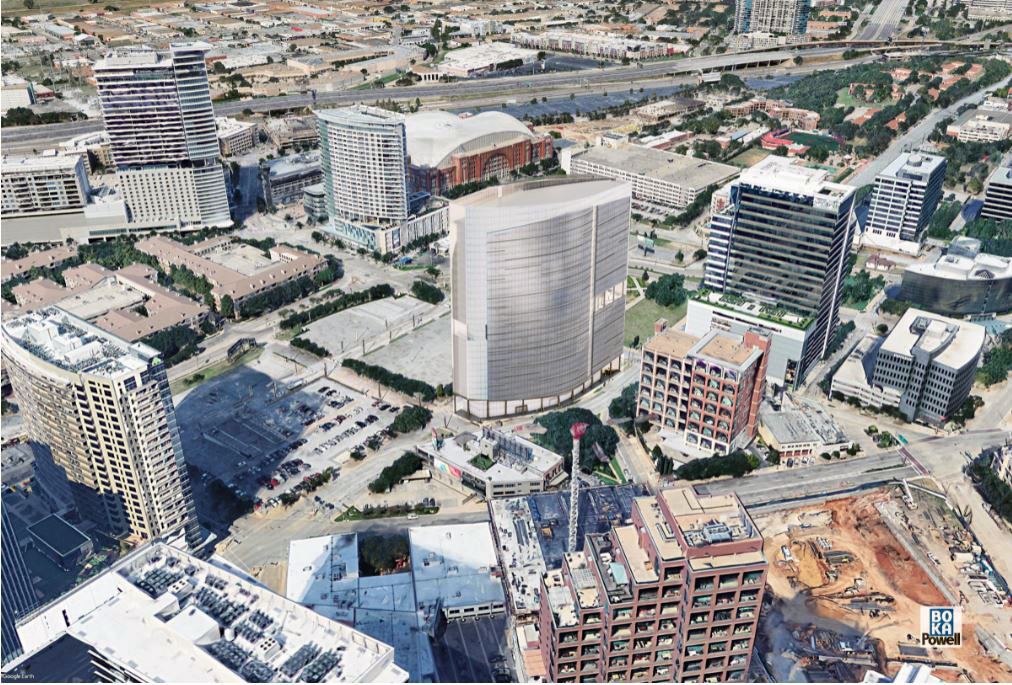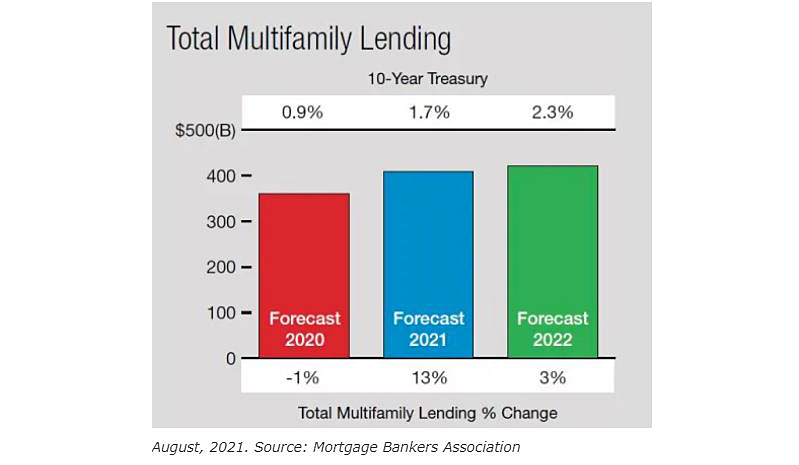HOUSTON, Feb. 02, 2022 (GLOBE NEWSWIRE) — The national industrial market continues to shatter records across key metrics, according to Transwestern’s fourth quarter U.S. Industrial Market report. Vacancy dropped to 4.3% during the quarter, its lowest rate in almost 25 years – a result of unrelenting demand and delivery of less than 100 million square feet of space nationally. Net absorption registered 650 million square feet for 2021, obliterating the occupancy growth record set in 2018 (431 million square feet) and more than double 2020’s figure.
“The industrial sector continues its tear, evidenced by yet another remarkable quarter,” said Matthew Dolly, Research Director at Transwestern. “Rents grew in every market, even those that have historically commanded rates well above the national average. Economic conditions, consumer behavior and supply chain snarls all play a role: More investors are looking to real estate as a hedge against rising inflation, and logistics firms need the space.”
The U.S. average asking rent ended the year at $7.20 per square foot, increasing at the fastest pace for a calendar year since the start of the pandemic. Over 75% of tracked markets saw rents rise by more than 5% throughout 2021, with five markets – Inland Empire, Los Angeles, Baltimore, New Jersey and Philadelphia – exceeding 20%.
Many coastal markets continue to report the lowest availability as a percent of stock. Over the course of the year, markets experiencing the largest decreases in availability included Las Vegas, Cincinnati, and San Diego. Click to read more at www.globenewswire.com.









